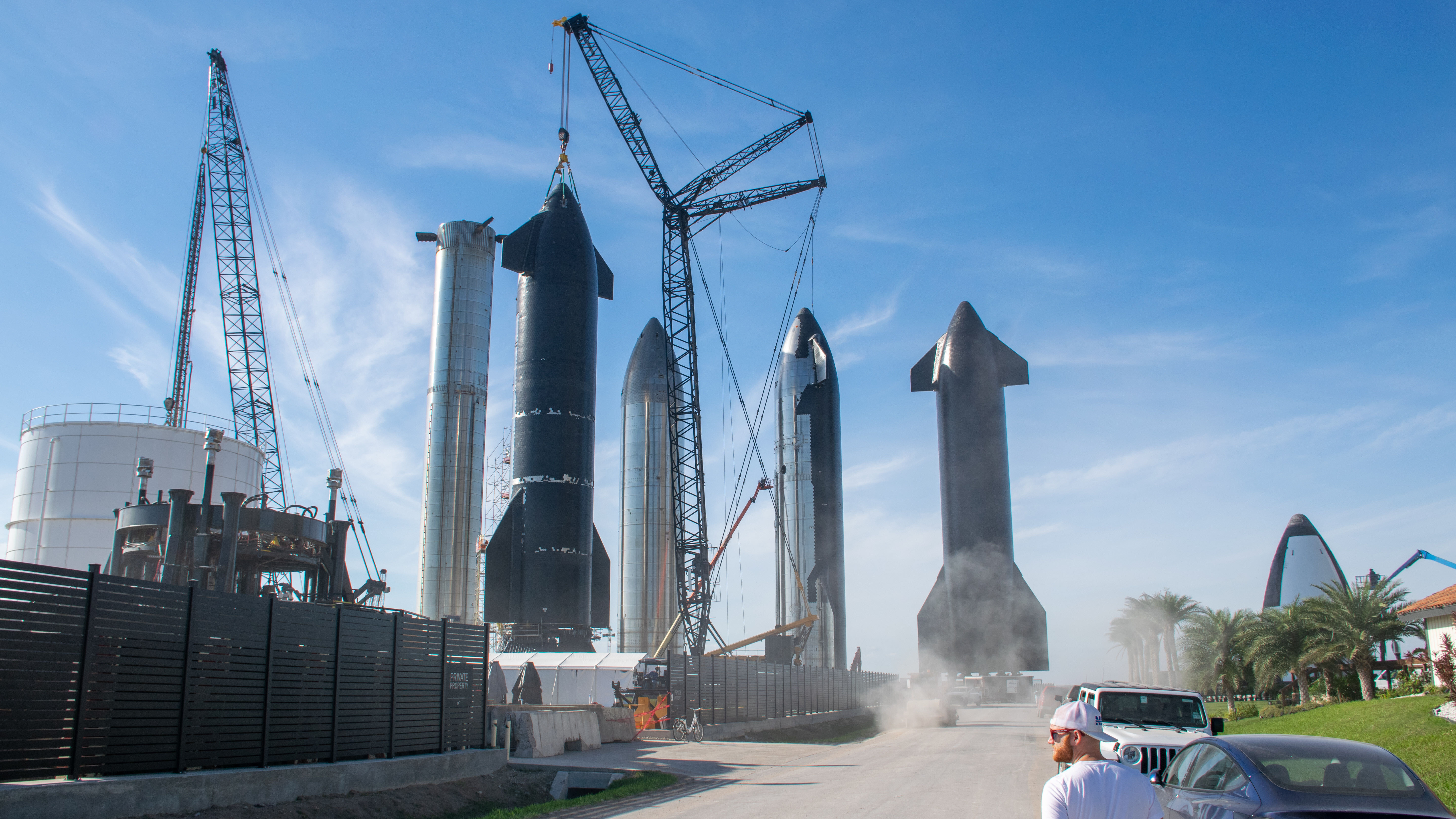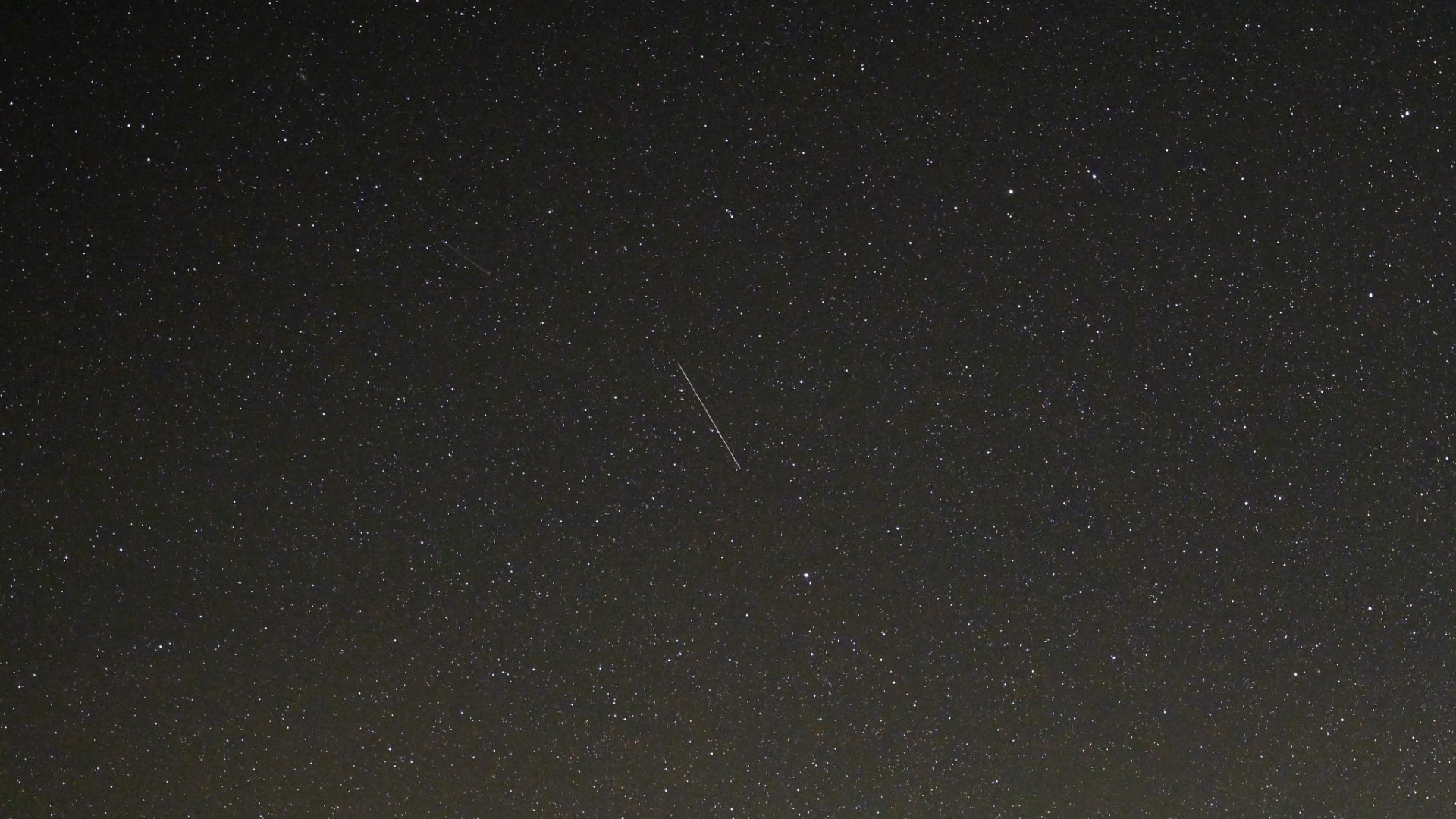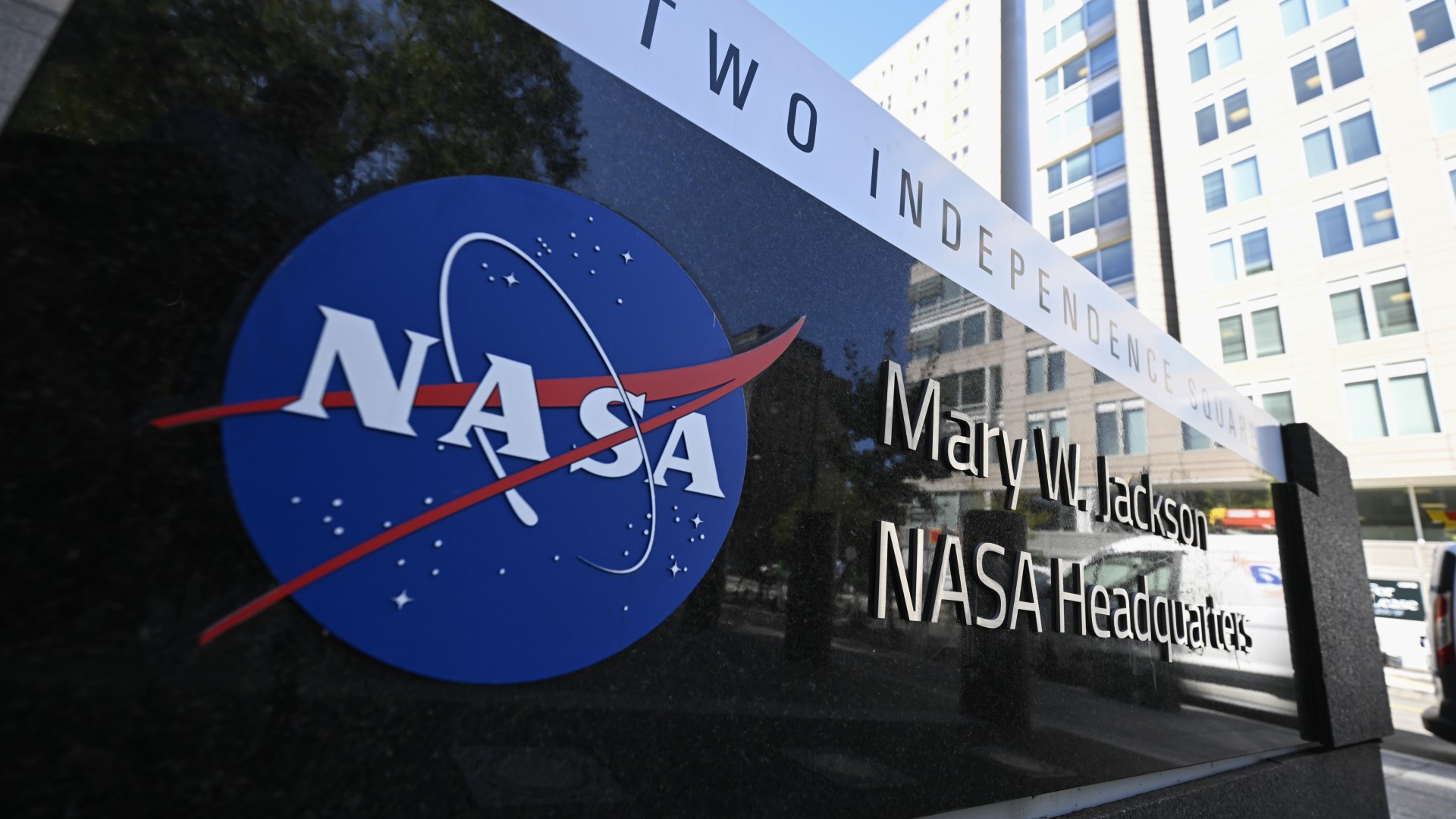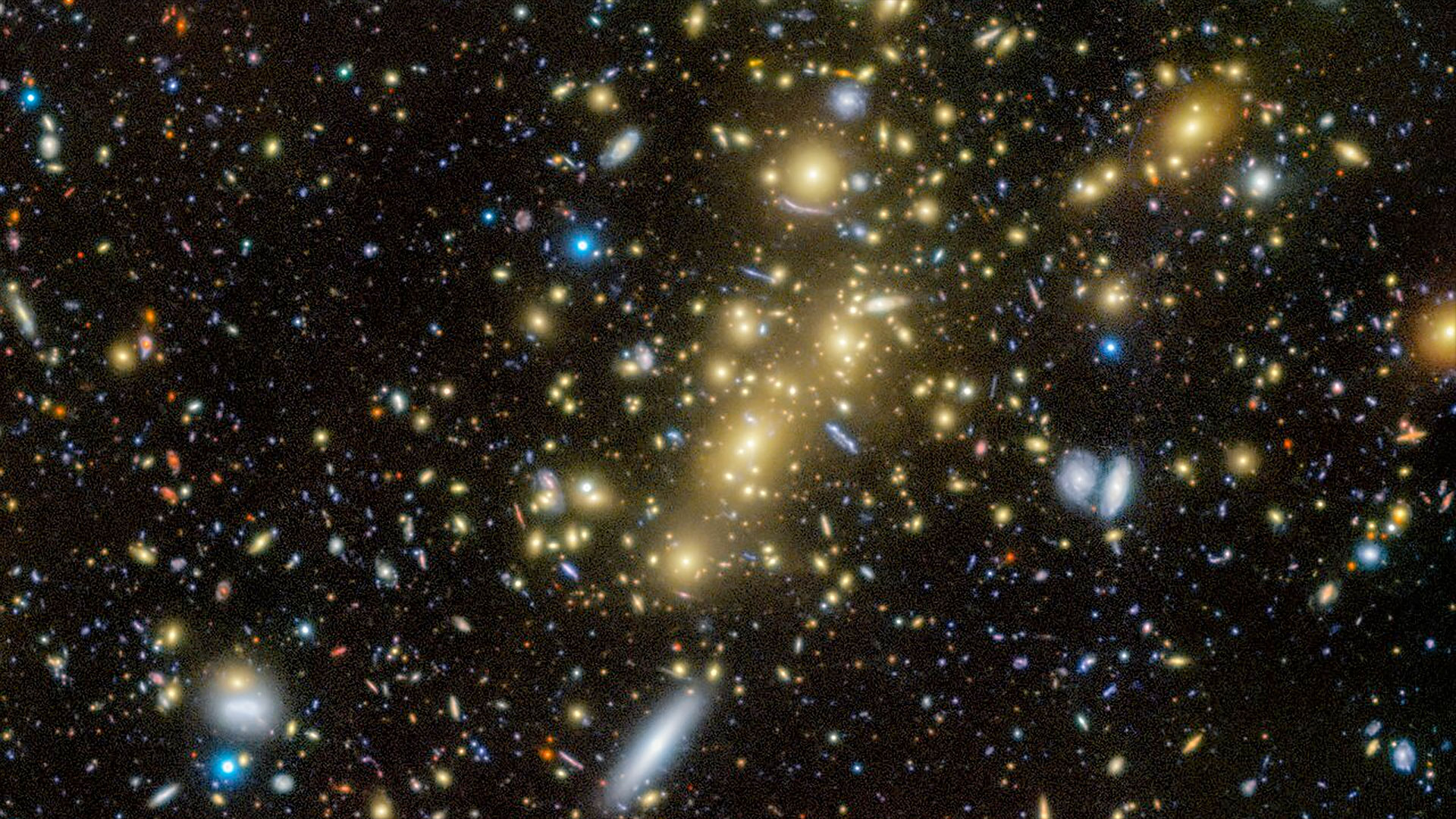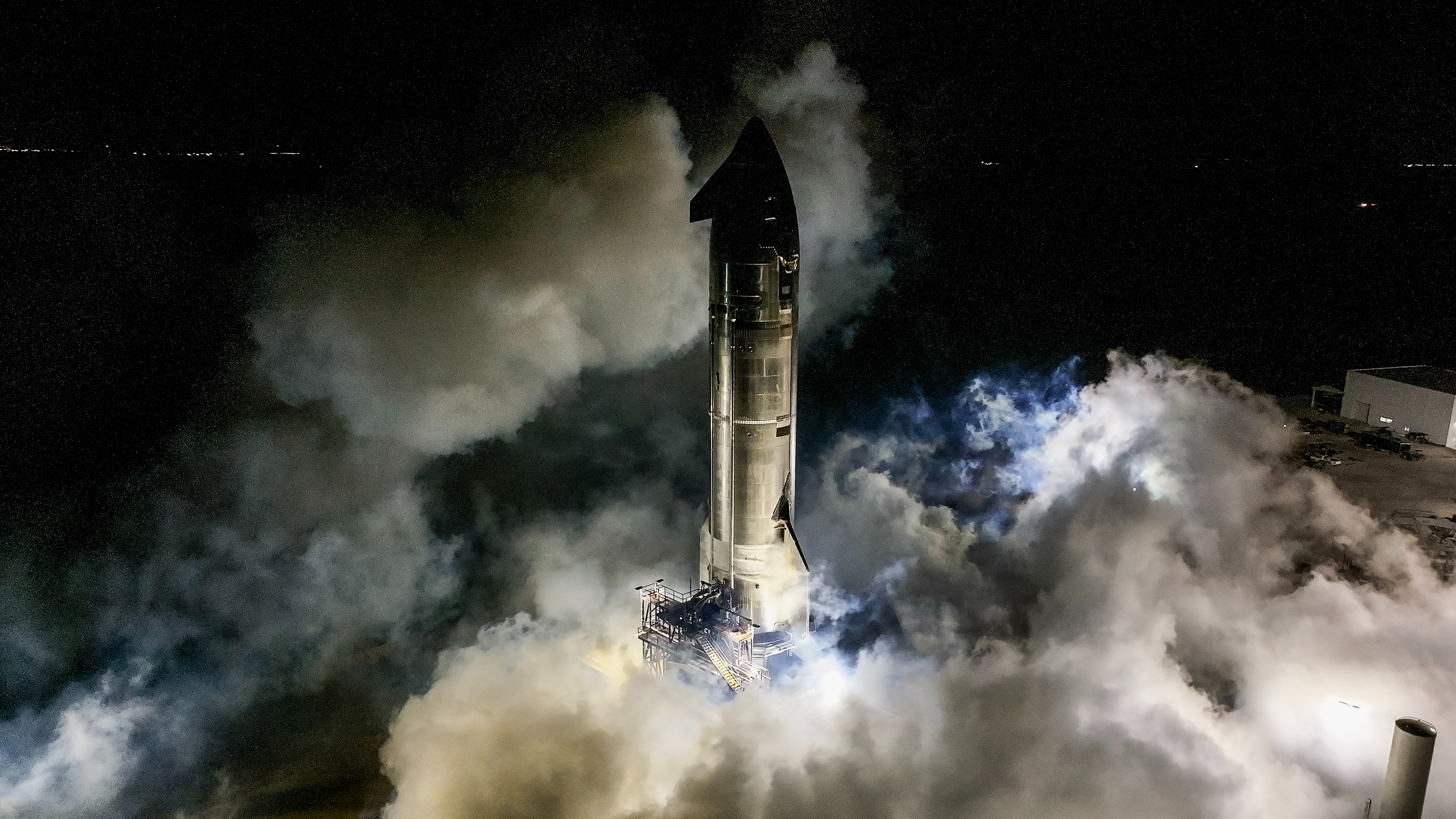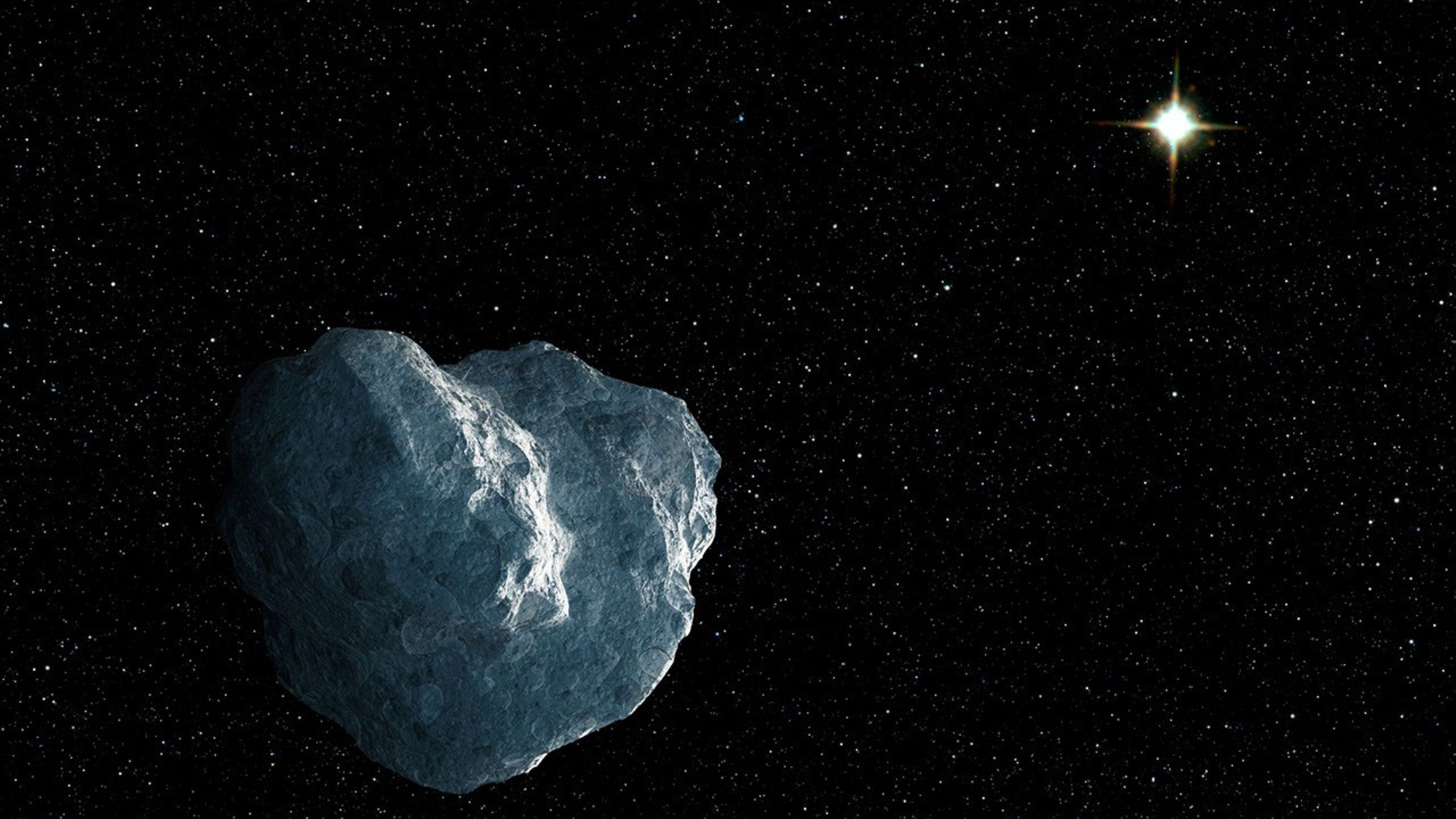Russia Loses Contact with Satellites After Soyuz Rocket Launch
WASHINGTON — Controllers have been unable to contact a weather satellite launched on a Soyuz rocket from the country's new spaceport Nov. 28, raising fears of a launch failure.
The Soyuz-2.1b rocket lifted off from the Vostochny Cosmodrome in Russia's Far East at 12:41 a.m. Eastern. Its primary payload was the Meteor-M No.2-1 polar-orbiting weather satellite, with 18 small satellites flying as secondary payloads.
The launch initially appeared to go as planned, but the Russian state space corporation Roscosmos said in a statement several hours after launch that it was unable to contact the Meteor-M satellite. "However, during the first planned communication session with the spacecraft, it was not possible to establish a connection due to its absence in the target orbit," Roscosmos said in a translation of a Russian-language statement.
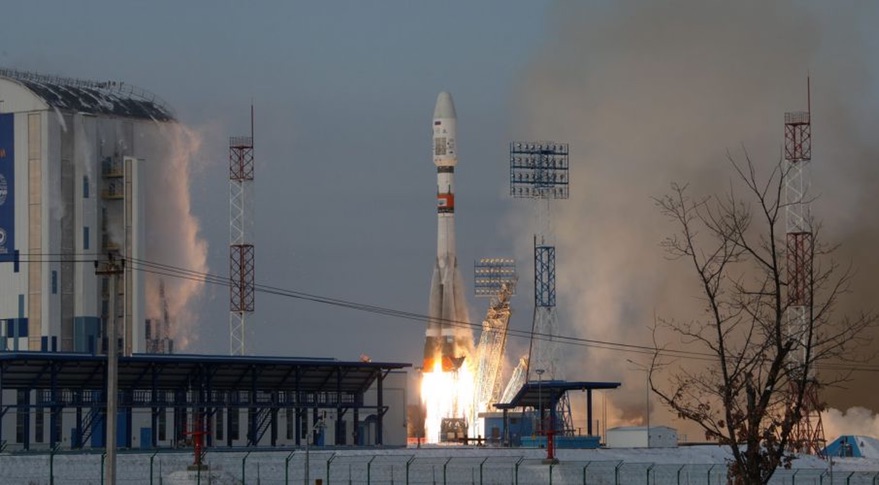
That lack of contact has raised concerns that the satellites failed to reach the proper orbit, or may not be in orbit at all. A report by the Russian news service Interfax, citing a Russian industry source, claimed that the Fregat upper stage was in the wrong orientation during its initial burn, sending the stage and its satellite payload into the Atlantic Ocean. That report has not been confirmed by Roscosmos.
Among the secondary payloads on this launch was the first prototype satellite of a Ka-band low Earth orbit constellation being developed by Canadian satellite operator Telesat. The LEO 2 satellite, built by the University of Toronto Institute for Aerospace Studies Space Flight Laboratory in partnership with Space Systems Loral, was one of two such satellites Telesat planned to launch by the end of the year to demonstrate a future constellation of more than 100 satellites. The other satellite, built by Surrey Satellite Technology Ltd., is scheduled to launch in December on the return to flight of India's Polar Satellite Launch Vehicle.
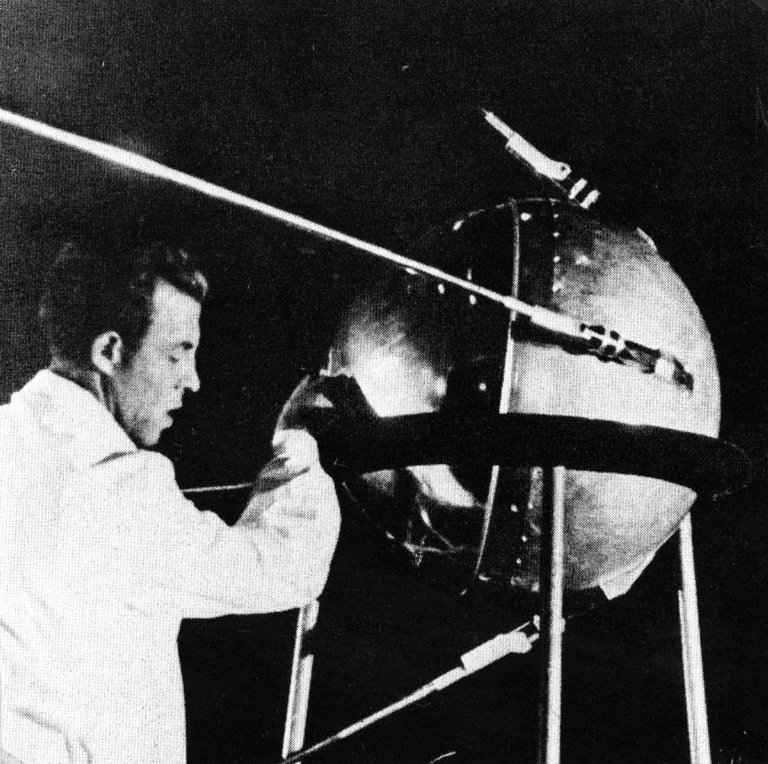
Another secondary payload was IDEA OSG, a 25-kilogram satellite that is the first spacecraft for Astroscale, a company planning to develop systems to deorbit spacecraft and debris. IDEA OSG planned to operate in an orbit of 600 to 800 kilometers altitude, measuring the density of orbital debris too small to track from the ground.
Other secondary payloads on the launch included 10 Lemur-2 cubesats for Spire, the company that operates a constellation of such spacecraft to collect ship-tracking and weather data. It also carried two Corvus-BC imaging cubesats for Astro Digital, whose first two satellites malfunctioned after launching as secondary payloads on another Soyuz launch in July.
Get the Space.com Newsletter
Breaking space news, the latest updates on rocket launches, skywatching events and more!
Glavkosmos, the company that arranged the secondary payloads for the July mission as well as this launch, said there were no issues with the vehicle that would have caused satellites to malfunction, despite reports that several of the more than 70 spacecraft launched on that mission subsequently failed.
This launch was the second mission from the Vostochny Cosmodrome, and the first since the inaugural launch, also of a Soyuz rocket, in April 2016.
This story was provided by SpaceNews, dedicated to covering all aspects of the space industry.
Join our Space Forums to keep talking space on the latest missions, night sky and more! And if you have a news tip, correction or comment, let us know at: community@space.com.

Jeff Foust is a Senior Staff Writer at SpaceNews, a space industry news magazine and website, where he writes about space policy, commercial spaceflight and other aerospace industry topics. Jeff has a Ph.D. in planetary sciences from the Massachusetts Institute of Technology and earned a bachelor's degree in geophysics and planetary science from the California Institute of Technology. You can see Jeff's latest projects by following him on Twitter.


